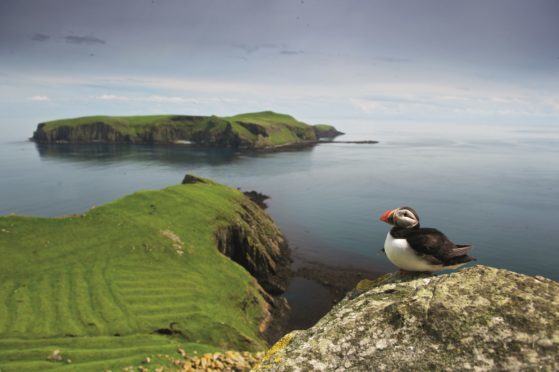A lifeboat yesterday went to the aid of a woman who wanted to go castaway on a normally uninhabited group of islands but ended up getting injured.
The woman had planned to spend 40 days on the Shiant Isles east of Lewis, but on day 12 she slipped on rocks and bumped her head.
Yesterday, four days after the fall, she contacted coastguards complaining she was still suffering from an “acute” headache.
Stornoway Lifeboat launched just after 9am to go the woman’s aid and – following NHS Direct advice – took her to Stornoway for onward travel to the Western Isles General Hospital. Her condition is unknown.
The woman had planned to stay on the islands until early next month and was on her own, confirmed the Maritime and Coastguard Agency.
The Shiant Isles were only last month officially declared rat-free, thanks to a £1million four-year partnership project to restore them as a secure haven for nesting seabirds.
The Shiants’ black rats, a species now rarely found in the UK, were descended from those shipwrecked more than a century ago.
In April 2012 a survey of the Shiants estimated there to be around 3,600 rats on the islands. The number increased to around 10,000 in the summer months when more food was available.
But a month-long intensive monitoring check in February found no sign of rats. This means that none has been recorded there for two years, the internationally agreed criterion for rat-free status.
The EU LIFE+ funded Shiants seabird recovery project started in 2014 and is a partnership between the Nicolson family, custodians of the islands for three generations, Scottish Natural Heritage and RSPB Scotland. It has benefited from the help of many volunteers, and significant private donations.
Over the last four years the project has focused on making the islands a safe place for seabirds to raise their chicks by removing the invasive, non-native black rats that were found there. It has been a huge success and played an important role in developing future island restoration and biosecurity work in the UK.
